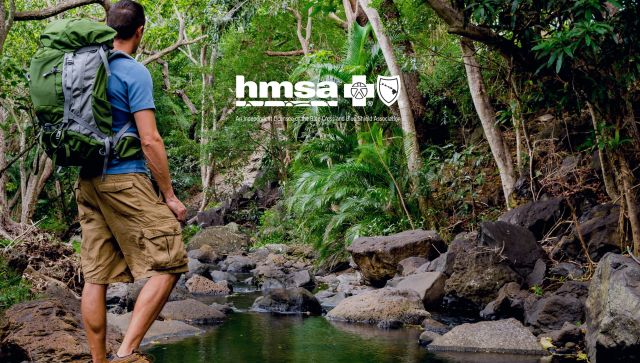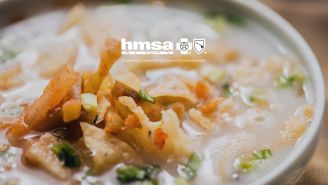Outdoor activities are a huge part of living in Hawaii. The fresh air and exercise revives the spirit and the mind. Hiking, camping and boating are good activities for active people and families, and we are lucky enough to be able to enjoy these year-round! In many cases, these activities last all day and involve preparing at least one meal. If the food is not handled correctly, foodborne illness can be an unwelcome souvenir. Check out these tips from the USDA to keep your family safe!
Hot or cold?
The first principle is to keep foods either hot or cold. Since it is difficult to keep foods hot without a heat source (although the new insulated casserole dishes will keep things hot for an hour or so), it is best to transport chilled foods. Refrigerate or freeze the food overnight. For a cold source, bring frozen gel-packs or freeze some box drinks. The drinks will thaw as you hike and keep your meal cold at the same time. What foods to bring? For a day hike, just about anything will do as long as you can fit it in your backpack and keep it cold—sandwiches, fried chicken, bread and cheese and even salads—or choose non-perishable foods.
Keep everything clean
The second principle is to keep all of your food clean. Bacteria present on raw meat and poultry products can be easily spread to other foods by juices dripping from packages, hands or utensils. This is called cross-contamination. When transporting raw meat or poultry, double wrap or place the packages in plastic bags to prevent juices from the raw product from dripping on other foods. Always wash your hands before and after handling food, and don't use the same platter and utensils for raw and cooked meat and poultry. Soap and water are essential to cleanliness, so if you are going somewhere that will not have running water, bring it with you. Even disposable wipes will do.
Safe drinking water
It is not a good idea to depend on fresh water from a lake or stream for drinking, no matter how clean it appears. Some pathogens thrive in remote streams and there is no way to know what might have died and fallen into the water upstream. Bring bottled or tap water for drinking. Always start out with a full water bottle, and replenish your supply from tested public systems when possible.
The foods to bring
If you are backpacking for more than a day, the food situation gets a little more complicated. You can still bring cold foods for the first day, but you'll have to pack shelf-stable items for the next day. Canned goods are safe, but heavy, so plan your menu carefully. Advances in food technology have produced relatively lightweight staples that don't need refrigeration or careful packaging, such as peanut butter, juice boxes, canned tuna, beef jerky and dried fruits and nuts.





